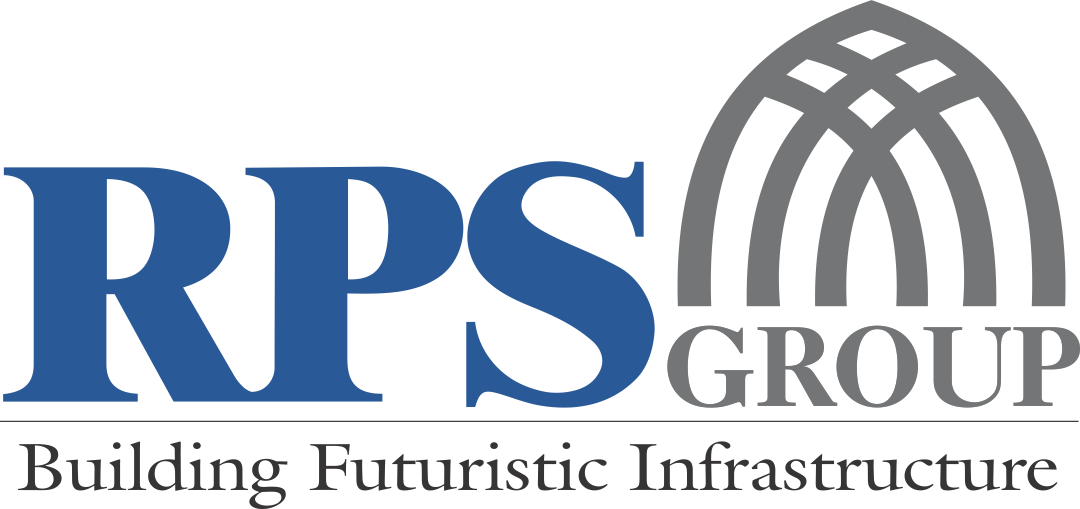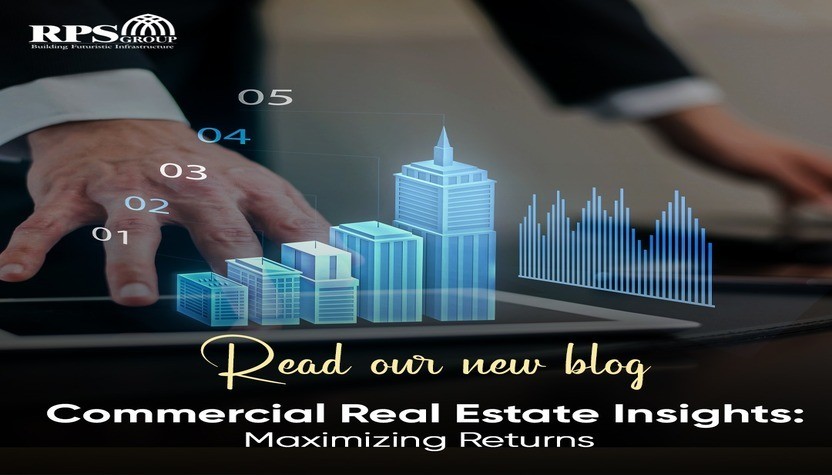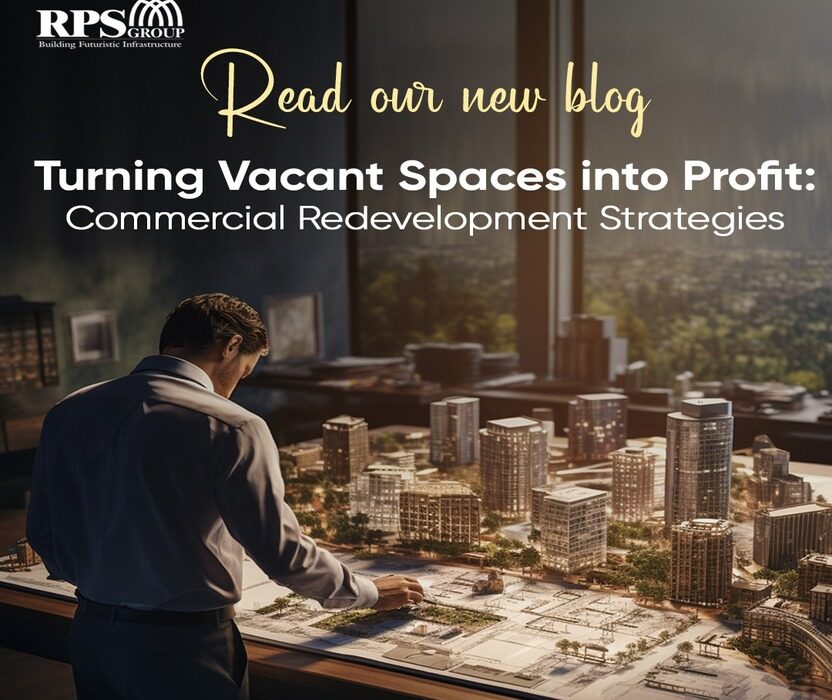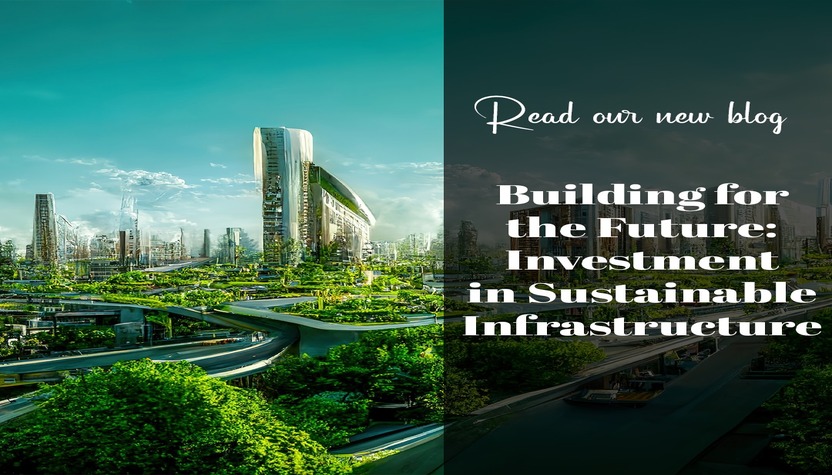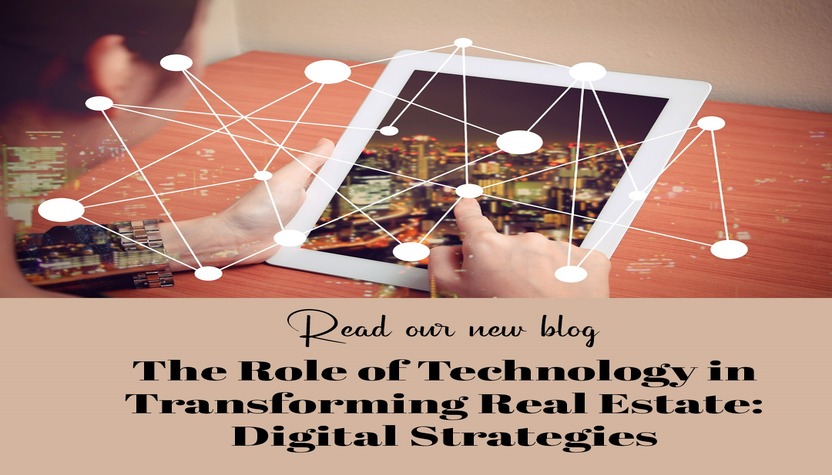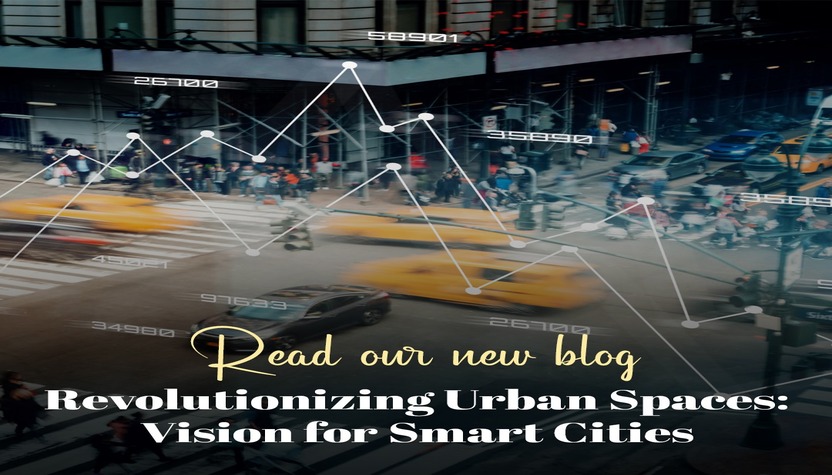The Future of Real Estate: Trends and Predictions
Introduction
As the real estate landscape continues to evolve, it’s essential to stay ahead of the curve and anticipate future trends. RPS Group, a leading name in the industry where Flats are available for Sale, which is committed to exploring the future of real estate and predicting upcoming trends. In this article, we delve into the anticipated shifts and advancements shaping the future of real estate, guided by insights from the Group. From technological innovations to changing consumer preferences, let’s explore what lies ahead in the dynamic world of real estate.
-
Technological Integration: Transforming the Homebuying Experience
The integration of technology is poised to revolutionize the homebuying experience in the future. Group predicts a significant shift towards virtual reality (VR) and augmented reality (AR) technologies, allowing prospective buyers to explore properties remotely and visualize them in immersive detail. Additionally, artificial intelligence (AI) and machine learning algorithms will streamline property search processes, providing personalized recommendations based on individual preferences and behavior patterns. Furthermore, blockchain technology is expected to enhance transparency and security in real estate transactions, simplifying title transfers and reducing fraud risks. By embracing these technological advancements, the group aims to enhance the homebuying journey, making it more efficient, transparent, and user-friendly for clients.
-
Sustainable Development: Prioritizing Environmental Responsibility
The future of real estate will witness a heightened focus on sustainability and environmental responsibility. It anticipates an increased demand for eco-friendly and energy-efficient properties, driven by growing environmental consciousness among buyers. Sustainable features such as green roofs, solar panels, and energy-efficient appliances will become standard in new construction projects, catering to eco-conscious consumers. Moreover, green building certifications such as LEED (Leadership in Energy and Environmental Design) and WELL Building Standard will gain prominence, highlighting the commitment of developers to sustainability principles. The group is poised to lead the way in promoting sustainable development practices, fostering a greener and more environmentally conscious real estate sector.
-
Urban Revitalization: Reshaping Cityscapes for the Future
Urban revitalization efforts will play a crucial role in shaping the future of real estate, particularly in metropolitan areas. The Group predicts a resurgence of interest in urban living, driven by factors such as walkability, access to amenities, and proximity to employment opportunities. As a result, underutilized urban spaces, such as industrial sites and abandoned buildings, will undergo transformation into mixed-use developments, combining residential, commercial, and recreational components. Additionally, smart city initiatives will integrate technology to enhance urban infrastructure and improve quality of life for residents. It recognizes the potential of urban revitalization projects and is poised to capitalize on opportunities that arise in dynamic urban environments.
-
Co-living and Co-working Spaces: Catering to Changing Lifestyles
The future of real estate will witness the rise of co-living and co-working spaces, catering to the evolving lifestyles and preferences of modern professionals. It anticipates an increasing demand for flexible living arrangements that offer communal amenities and shared spaces, fostering collaboration and community among residents. Co-living developments will provide fully furnished accommodations with shared kitchens, lounges, and recreational areas, appealing to young professionals and digital nomads seeking affordability and social connectivity. Similarly, co-working spaces will continue to gain popularity, offering flexible workspaces with amenities such as high-speed internet, conference rooms, and networking events. Group recognizes the potential of co-living and co-working concepts and is exploring opportunities to invest in these innovative real estate models.
-
Suburban Resurgence: Rethinking Suburban Living
While urban areas will continue to attract residents, the suburbs will experience a resurgence in popularity, driven by changing demographics and lifestyle preferences. It predicts a shift towards suburban living, particularly among families seeking more space, better schools, and a slower pace of life. Suburban communities will undergo transformation to accommodate diverse housing options, recreational facilities, and retail amenities, creating vibrant suburban hubs with a distinct sense of community. Additionally, improved transportation infrastructure, such as expanded public transit networks and commuter rail services, will enhance connectivity between suburbs and urban centers, making suburban living more accessible and desirable. Group is poised to capitalize on the suburban resurgence by identifying investment opportunities in thriving suburban markets.
-
Adaptive Reuse: Repurposing Existing Structures for New Purposes
Adaptive reuse will emerge as a prominent trend in the future of real estate, as developers seek sustainable and cost-effective alternatives to new construction. Group anticipates a surge in adaptive reuse projects that repurpose existing structures, such as warehouses, factories, and historic buildings, for new residential, commercial, and cultural uses. Adaptive reuse not only preserves architectural heritage and reduces environmental impact but also revitalizes underutilized urban areas and promotes community engagement. By embracing adaptive reuse strategies, RPS Group aims to breathe new life into old spaces, creating unique and vibrant environments that resonate with modern consumers.
Conclusion
The future of real estate holds exciting possibilities, driven by technological innovation, sustainability initiatives, urban revitalization efforts, changing lifestyles, and adaptive reuse strategies. Group is at the forefront of anticipating and embracing these trends, positioning itself as a leader in the dynamic and evolving real estate landscape. By leveraging insights into future developments, the Group is committed to providing clients with innovative solutions, exceptional service, and unparalleled expertise in navigating the ever-changing real estate market. As Flats for Sale in Faridabad continue to evolve, RPS Real Estate Group remains dedicated to shaping the future of real estate and creating lasting value for its clients and communities alike.
